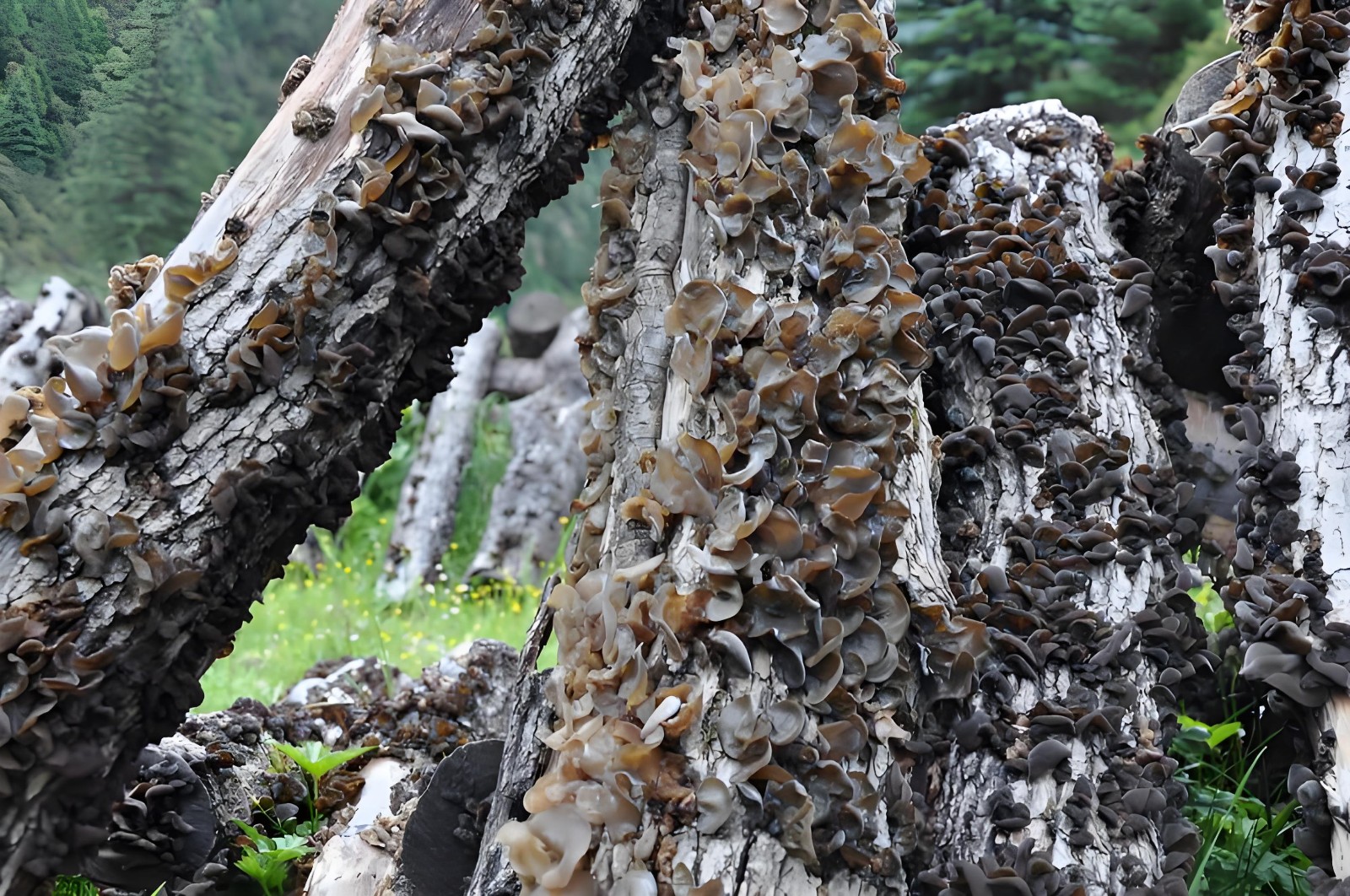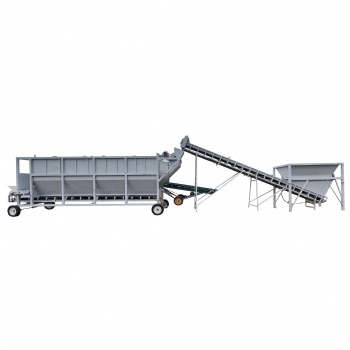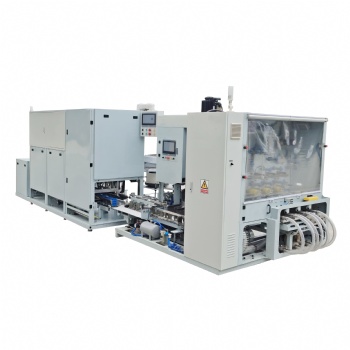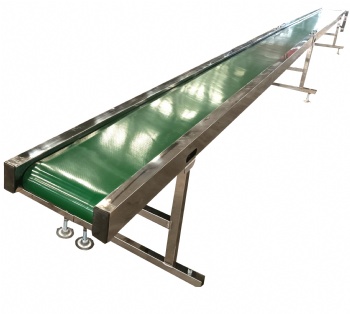News
Overview of Black Fungus

I. Cultivation History - Originated in China around 600 AD; first artificially cultivated edible fungus globally (over 1,400 years of history). - Tang Dynasty: Cultivated via "log-cutting" in northern Sichuan. - Qing Dynasty: Spread to Changbai Mountain and Henan, but with low yields. - 1955: Pure strain cultivation and log-drilling inoculation invented, boosting yields. - Past 20 years: Substitute cultivation replaced log cultivation.
II. Cultivation Materials - A wood-decomposing fungus, wild in central, northern, and northeastern China (Northeast China’s product is famous for thickness). - Previously used logs; now mainly uses coarse oak sawdust pellets (5-8mm diameter), which need watering, piling, and turning before use.
III. Biological Characteristics - **Temperature**: Mesothermic; spore germination (22-32°C), mycelium growth (6-36°C, optimal 22-26°C). Mycelium resists -30°C but senesces above 32°C. Fruiting bodies thrive at 18-23°C (higher temps thin them; lower temps slow growth but improve quality). - **Light**: Dark needed post-inoculation; mature mycelium requires 1500-2500 lux for dark, high-quality ears (indoor light is too weak; outdoor/greenhouse better). - **Water**: Compost moisture 58-62% during mycelial growth; air humidity 85-95% for fruiting. "Dry-wet" cycles aid growth. - **Air**: Aerobic; CO₂ must be <0.08%. - **pH**: Slightly acidic (5.8-6.2 after sterilization).
IV. Cultivation Models - Log cultivation and substitute cultivation (field or greenhouse hanging). - Field cultivation often in 500m+ mountainous areas for summer survival. - Short bag cultivation common in the north; long stick cultivation in the south.
Categories
Contact Us
- +86 15093267083
- +86 15093267083
- amy@zzbelead.com
- +8615093267083




